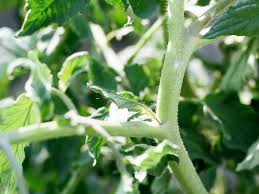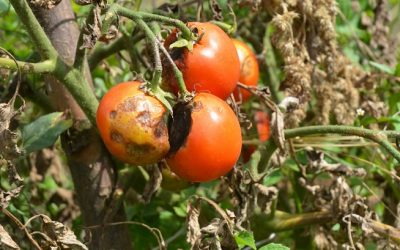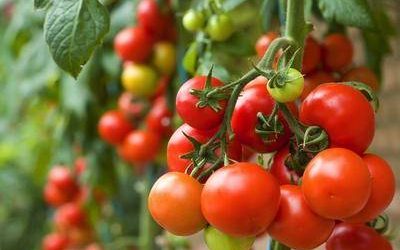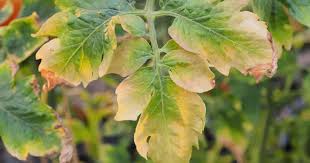Pruning your Tomato gardens

Pruning tomatoes should start at planting time as you remove all lower stems that will come in contact with the soil, thereby preventing the possibility of disease transmission.
As the tomatoes are beginning to develop, remove any drooping limbs that are close to the soil surface. Sharp, scissor-type hand clippers are the best tool for tomato pruning. Determinate tomatoes, in general, require less pruning than indeterminate types. However, all tomatoes can benefit from some maintenance pruning during their production period. Eliminating sucker shoots is one way to increase energy to the plant’s fruit production and also increase air flow.
Selective nonbearing branches may also be removed to allow more sun and air to reach the plant, which can help with disease control. Pruning early damaged or diseased leaves or branches is also essential for good health management.
Remove sucker shoots to increase air flow and allow the plant’s energy to go to fruit production.
Remove tomato clippings from the site and do not allow them to drop at the base of the plant. Leaving clippings on the ground can contribute to further disease issues. One other measure of disease or virus control is to spray your clippers with a disinfectant containing alcohol between pruning plants. While pruning tomatoes is often a good cultural practice, take care not to remove too much foliage.
The tomato fruit itself prefers to be shaded, and if exposed to full sunlight, may develop scald. The final form of pruning is fruit thinning. Any tomatoes that appear to be diseased or insect ridden should be removed immediately. If you want to grow larger tomatoes, pick off clusters of fruit, leaving only one. This will send energy and nutrients into only the remaining fruit.


